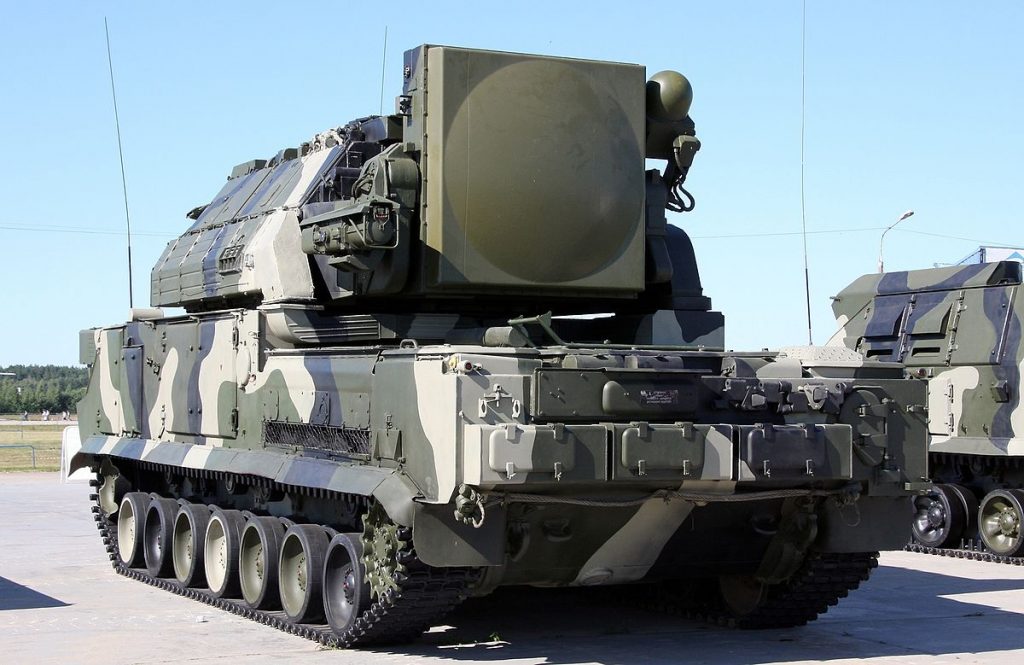
The Ukranian Flight 752 by the Iranian government has shocked the entire world. The commercial flight was headed to Kiev from Tehran. There were 176 fatalities, with many of the passengers returning home from vacation. Shortly after taking off, the plane was struck by a missile launched by Iranian defence forces. Iranian defence forces were tense as they feared retaliation from the United States due to a ballistic missile attack against an Iraqi base. There has been a series of international events that have allowed Iranian forces to get their hands on this defensive missile system.
The missile that struck the commercial flight is the Russian made Tor-M1 surface-to-air missile. These missiles are considered a defensive weapon and are meant to shoot down airplanes, helicopters, cruise missiles, and unmanned aerial vehicles. Originally designed and created during the Soviet era, the Tor-M1 has been effectively used in a number of conflicts across the globe since production began back in 1983.
Commonly known by NATO countries as the SA-N-9 “Gauntlet”, the Tor M1 was originally designed by Almaz-Antey and manufactured by IEMZ Kupol Metrowagonmash in Russia. Almaz-Antey is a state-owned company that specialize in developing anti-aircraft defence systems. They are the world’s 8th largest defence contractor by revenue, making 9.125 billion in sales in 2017. Almaz-Antey is one of the companies sanctioned by the Obama administration back in 2014 in response to the annexation of Crimea by the Russian government. Metrowagonmash (MWM) are the manufacturers of the transport system that the rocket was launched from, most likely a heavily armoured track vehicle. MWM was founded in 1897 but became one of the biggest transportation contractors in Russia during the Second World War after they began building military tractors and self-propelled guns.
The Tor-M1 was originally developed in 1975 under the Soviet Union GRAU designation. The 34 ton M1 version was introduced in 1991 and relied on a radar system to track targets on the move. Coupled with the ability to engage two targets at once, the Tor-M1 is a favourite for defence forces.
The Tor-M1 thought to have been used against Russian military forces in the 2008 South Ossetia War between Georgia and Russia. Georgian forces are thought to have shot down a Tu-22MR strategic bomber after Georgia managed to buy the $25-million dollar rocket from Ukraine. The conflict eventually led to the separatist state known as the Republic of South Ossetia that is still not recognized by NATO. The Tor-M1 has also been heavily influential in the Syrian Civil War since Russia became involved in the conflict back in 2015.
The Syrian Civil War is one of the reasons that Iran was able to get its hands on this defence system as it became allied with Russia. Russia and Iran have been the principal allies of Syrian forces and have been arming the entire conflict. As a result of the 2018 Skripal poisoning in Great Britain, where a former Russian intelligence officer was poisoned with Novichok nerve gas in England, the United States and Europe sanctioned Russian arms manufacturers. This has limited Russia’s ability to sell its arms. This prompted the Russian government to make a $10 billion dollar arms deal between Russia and Iran in 2016. This weapons deal included helicopters, planes, and artillery systems, which included the Tor-M1 defence rocket.
The Tor-M1 rocket has been a major player on the international stage for the better part of three decades, and a series of international incidents allowed the Iranian government to procure one of the world’s deadliest defence weapons.